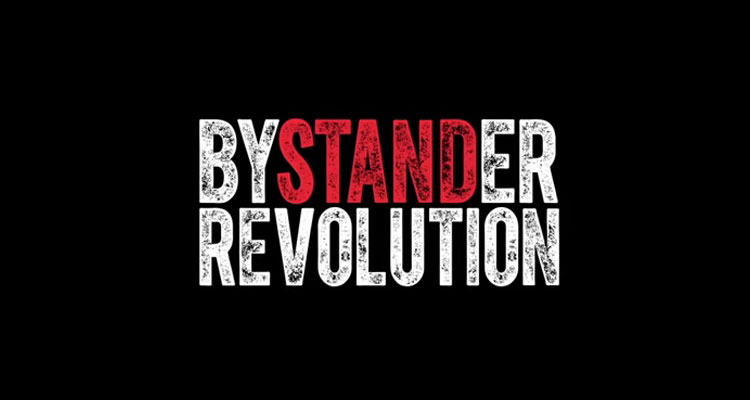Can the actions of one young person truly make a difference when it comes to eliminating bullying? The answer is yes, without a doubt. According to national statistics at stopbullying.gov, when bystanders intervene, bullying stops within 10 seconds, 57 percent of the time.
But, while a young person can definitely make a difference, he or she will need help. That’s where you, an engaged and informed parent, come in. You can guide and empower your child to be a catalyst for change, who in turn, can help other young people unite for what’s right. And your child doesn’t have to be a student leader—an ordinary kid who cares about other kids can be a powerful agent for change.
One of the ways to give your child solutions for bullying starts with understanding the bystander effect, a social phenomenon in which the more people who are present, the less likely they are to help a person in distress.

via Fordham Notes
The phenomenon was first investigated by researchers Bibb Latane and John Darley following the notorious 1964 murder of Catherine “Kitty” Genovese. In the early morning hours of March 13, Genovese approached her New York apartment after returning home from work. She was followed and then stabbed several times. Although she called for help repeatedly during the attack, the dozens of people in the building nearby who heard her did nothing to help. Thirty minutes after the attack began, someone called the police. Authorities arrived minutes later, but Genovese died of her wounds in an ambulance before reaching the hospital.
Through social experiments, Latane and Darley discovered that diffusion of responsibility and the need to behave in socially acceptable ways were the key factors in the bystander effect. With diffusion of responsibility, people who were in a group were less likely to help someone in need than were people who were alone. The research showed that the more onlookers present in an emergency situation, the less personal responsibility the individual felt to act because each thought someone else would do so first. As for socially acceptable behavior, the innate sense of wanting to fit in with a crowd and avoid standing out from it also deterred people from taking action.
So, how can you encourage your child—and others—to resist being inactive bystanders in a bullying situation? We recommend sharing the following strategies with your child:
- Be aware: The first step for any kind of change is to be aware of the problem and the conditions that allow it to continue. In the case of the bystander effect, knowledge truly is power. Just being aware of it already gives you a huge head start in being able to resist it.
- Be “the one”: If you ever find yourself witness to a bullying situation and can take action safely, then don’t be afraid to do or say something, or report it to someone in charge. Dr. Philip Zimbardo, heroism expert and professor emeritus of psychology at Stanford University, says the way to change a social norm is “the power of one.” When someone helps a person in distress, within seconds, others are likely to join in. “When you take action,” Zimbardo says, “you have a ripple effect . . . the new norm is to help, to do something.”
- Be the change: You can be the change you want to see in your culture. Watch this video of Nina Dobrev, star of the Vampire Diaries, in which she recalls how one person’s simple act of kindness completely turned around her bad day at school. And consider what Jeremiah Anthony, a student in Iowa, did. He heard that bullies have low self-esteem, so he decided the way to stop bullying was to raise everyone’s self-esteem. He created a Twitter account and sent compliments to kids in his school. His tweets were so popular he had to enlist the help of friends to keep it going.
- Be directive: If possible, in a bullying situation, call people by their name or a distinguishing characteristic and direct them to help: “Hey John, call security! You in the black sweatshirt, help me walk this boy back to school!” Taking charge of a situation and specifically calling people out can help break up a group mentality and remind onlookers of their individual responsibility.
- Be part of a team: If one person can intervene in a bullying situation, think of how much more effective a team can be. Tell your friends what you now know about the bystander effect and decide to make a difference together. To see this kind of teamwork in action, watch this video of five fifth-grade boys and the impact they’ve made by befriending a student who was bullied.
- Be an advocate: Most schools have anti-bullying policies and programs. Why not connect with the people in charge at your school and encourage them to promote training on being more than just a bystander, too? Organizations that offer training for students include:
- The Hero Construction Company
- Heroic Imagination Project
- Response Ability: The Revolution for Courageous Leadership
Ending bullying doesn’t have to be a dream—it can be a goal. If everyone does their part, we can get to Zero Bullying.
Bystander Revolution offers more information about how bystanders to bullying can take action in this video:
[embedvideo id=”-yl3nmon59w?rel=0″ website=”youtube”]





































